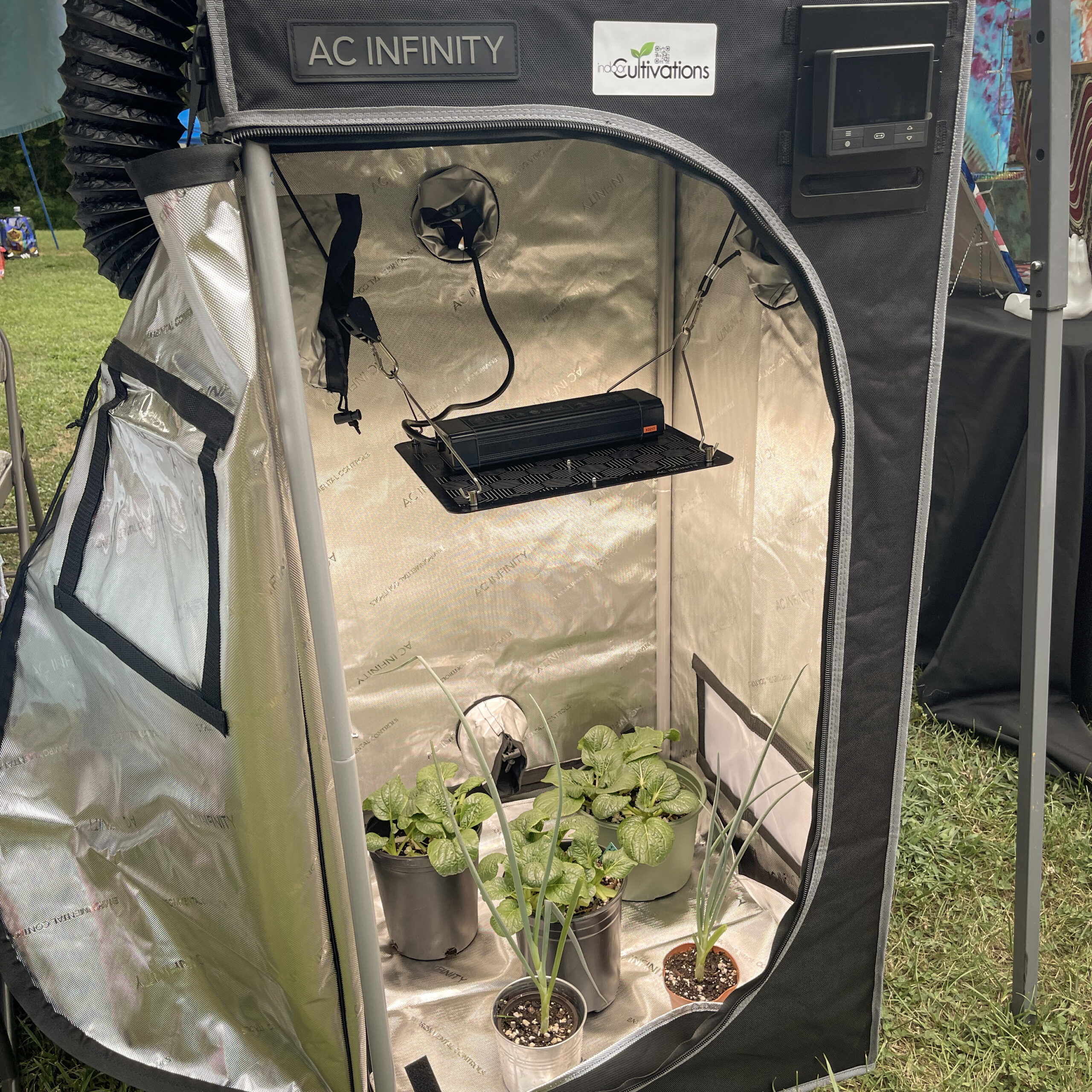Advanced Techniques for Indoor Gardening: Exploring Aeroponics and Aquaponics
Indoor gardening has evolved beyond traditional soil-based methods, with advanced techniques such as aeroponics and aquaponics gaining popularity among plant enthusiasts. These innovative approaches offer efficient and sustainable ways to cultivate plants indoors while minimizing resource consumption. In this blog, we will explore the advanced techniques of aeroponics and aquaponics, providing insights into how they work and the benefits they offer for indoor gardening.
Aeroponics: Growing Plants in Air
Aeroponics is a soilless growing technique that involves suspending plant roots in air and misting them with a nutrient-rich water solution. In an aeroponic system, plants are typically held in net pots or foam inserts, allowing their roots to be exposed to the air. Nutrient-rich water is delivered to the roots using misters or atomizers, providing a highly oxygenated environment. This method promotes rapid growth, as plants have direct access to nutrients and oxygen, resulting in faster germination, increased yields, and efficient water usage.
Benefits of Aeroponics:
- Enhanced plant growth and faster development due to direct access to nutrients and oxygen.
- Water-efficient system that uses significantly less water compared to traditional gardening methods.
- Reduction in the risk of soil-borne diseases and pests.
- Space-saving technique, making it ideal for indoor environments with limited space.
- Suitable for a wide range of plant species, including herbs, leafy greens, and vegetables.
Aquaponics: The Symbiotic Relationship of Fish and Plants
Aquaponics combines aquaculture (fish farming) with hydroponics (soilless plant cultivation) in a symbiotic system. It involves the cultivation of fish alongside plants in a recirculating water system. Fish waste serves as a nutrient source for the plants, providing essential elements for growth. As the plants take up these nutrients, they help purify the water, creating a balanced ecosystem. The clean water is then returned to the fish tank, completing the cycle. Aquaponics is an efficient and sustainable method that maximizes resource utilization.
Benefits of Aquaponics:
- Closed-loop system that minimizes water consumption, as water is recycled within the system.
- Nutrient-rich water from fish waste eliminates the need for chemical fertilizers.
- Reduced risk of pests and diseases compared to traditional soil-based gardening.
- Cultivation of both fish and plants, providing a sustainable source of fresh produce and potential additional income.
- The continuous cycling of water creates a highly oxygenated environment, promoting healthy plant growth.
Considerations for Advanced Indoor Techniques
- Lighting: Adequate artificial lighting is crucial for the success of advanced indoor gardening techniques. LED grow lights are often the preferred choice due to their energy efficiency, customizable light spectrums, and low heat emission.
- Monitoring and Maintenance: Regular monitoring of nutrient levels, pH, and water quality is essential for optimal plant growth in aeroponics and aquaponics. Maintaining proper nutrient balance and ensuring the health of the fish are vital for the overall system’s success.
- Learning and Experimentation: As advanced techniques, aeroponics and aquaponics require a learning curve. It’s important to educate yourself, attend workshops, or seek guidance from experienced practitioners to master these methods effectively.
Aeroponics and aquaponics offer exciting possibilities for advanced indoor gardening. These innovative techniques allow for efficient resource utilization, increased plant growth, and the cultivation of both plants and fish in a symbiotic relationship. Whether you choose aeroponics for its water efficiency and rapid growth or aquaponics for its sustainable closed-loop system, these advanced techniques can revolutionize your indoor gardening experience. Embrace the future of indoor gardening and explore the potential of aeroponics and aquaponics to create a thriving and sustainable indoor garden ecosystem.
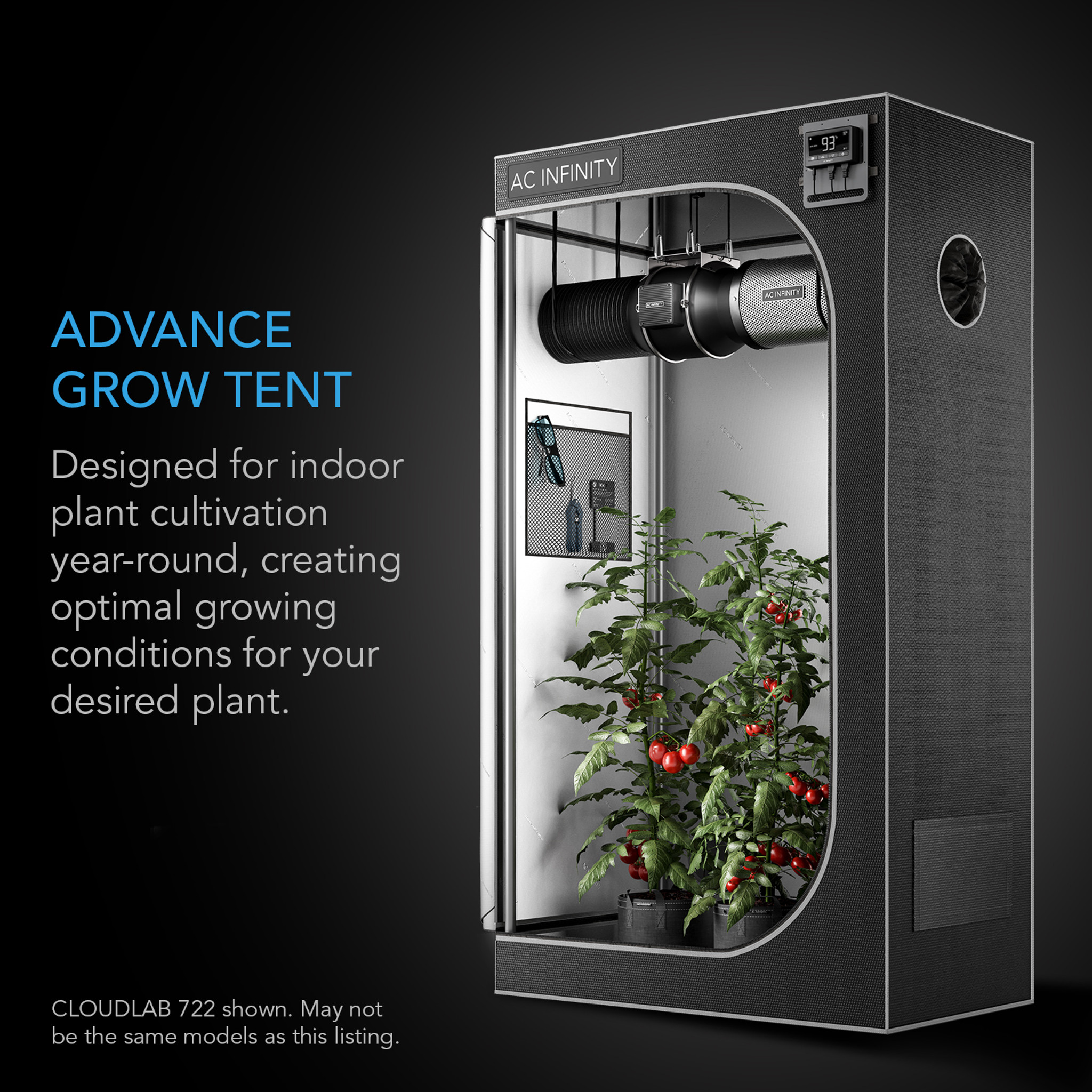
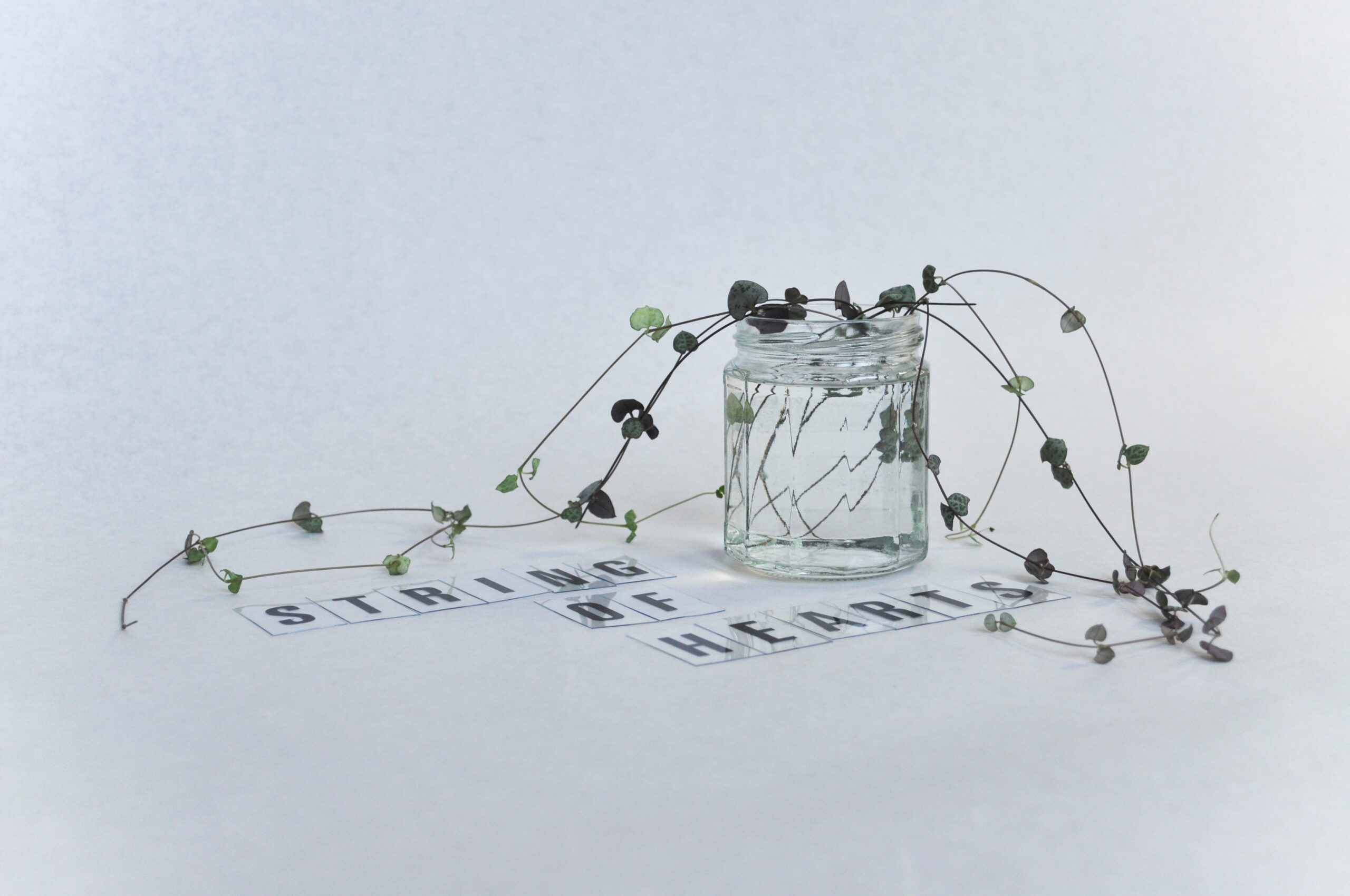
Mastering the Art of Propagating Succulents: A Guide for the Burke Indoor Gardener

Optimizing Grow Conditions with AC Infinity: Crafting the Ideal Environment
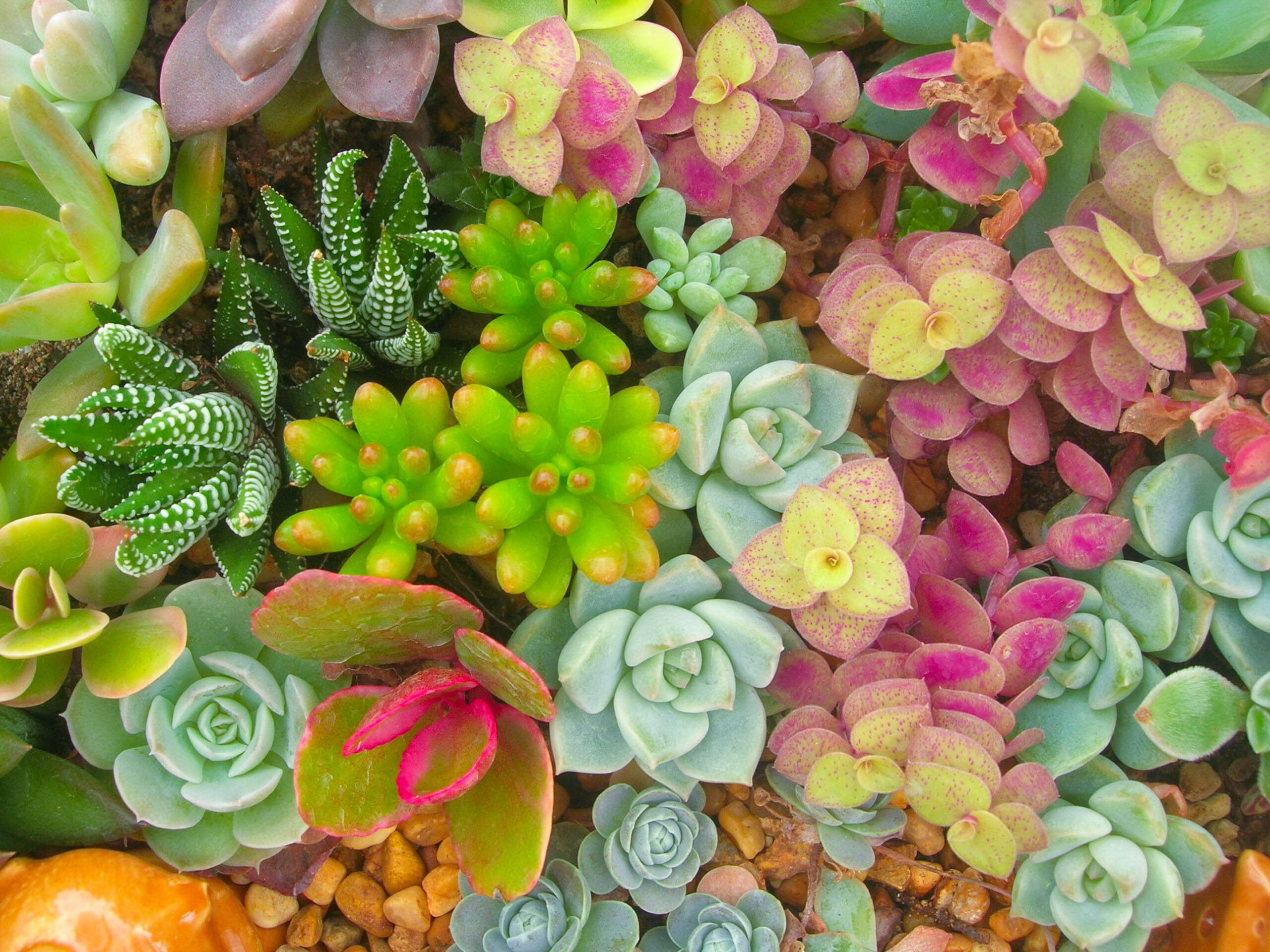
Setting Up Your First Grow Tent with Indoor Cultivations: Your Step-by-Step Guide to AC Infinity Grow Tent Kits
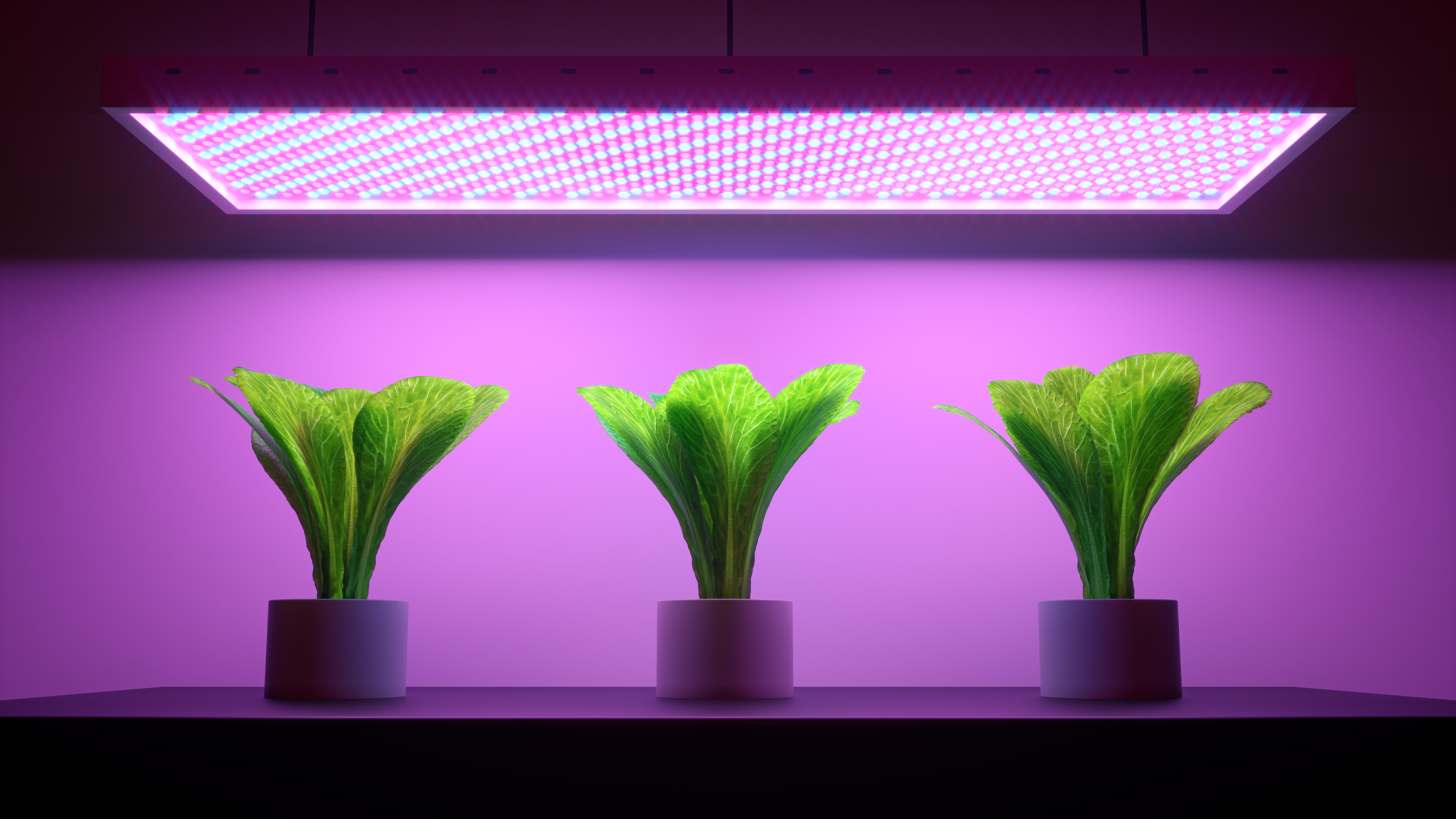
Benefits of Using AC Infinity Grow Tent Kits: Mastering the Indoor Gardening Environment
